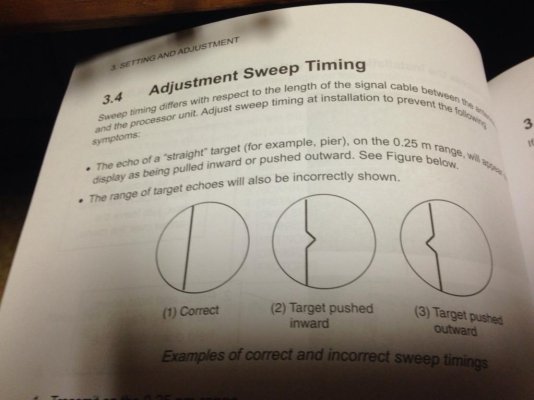HenryD
Senior Member
- Joined
- Dec 16, 2012
- Messages
- 477
- Location
- USA
- Vessel Name
- Seven Tenths (sold)
- Vessel Make
- Mirage / Great Harbour 47
It looks like I am back to the research mode. The local Simrad installer advised me that the last two ship dates were missed and now Simrad is delaying the shipping until some time in June. I want the broadband radar but if Simrad can't ship their product, I might be moving over to Garmin.

